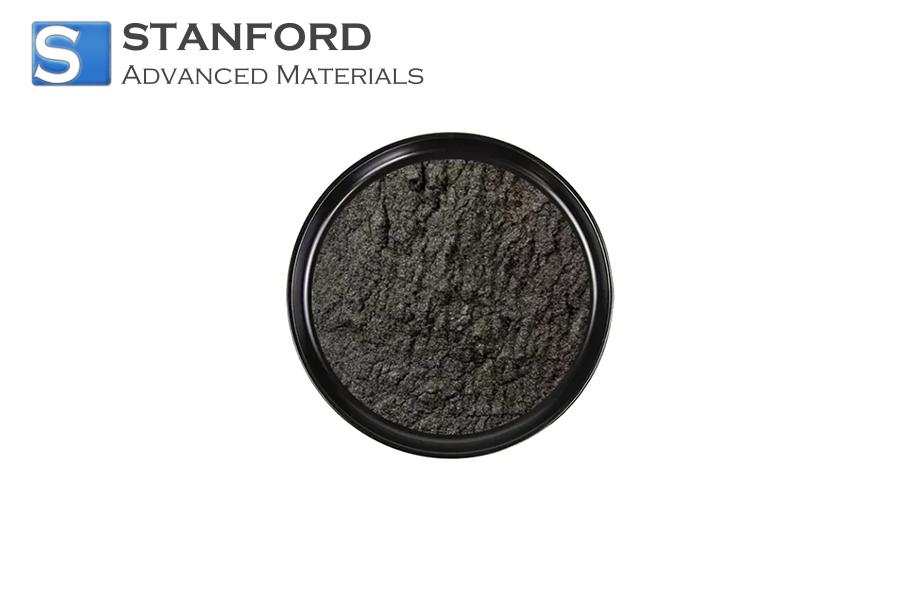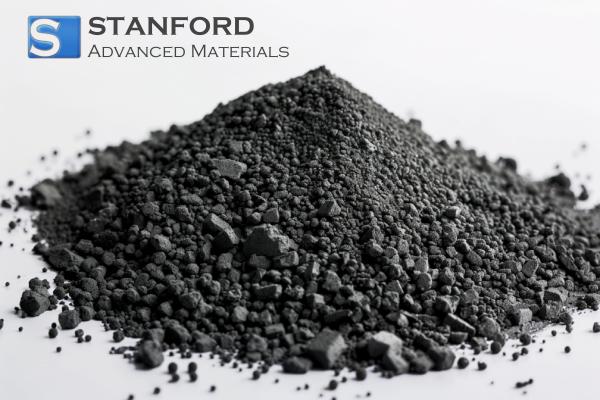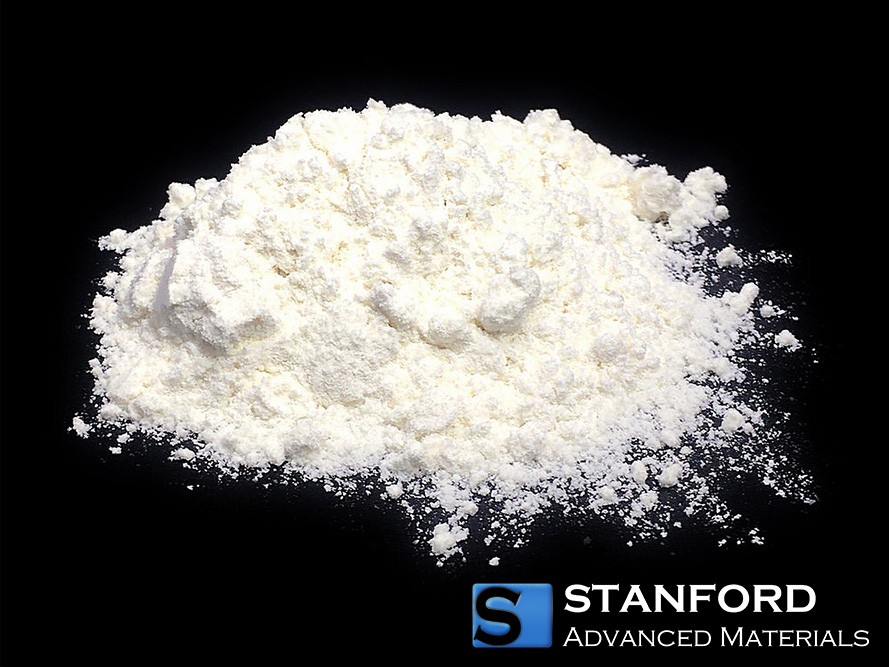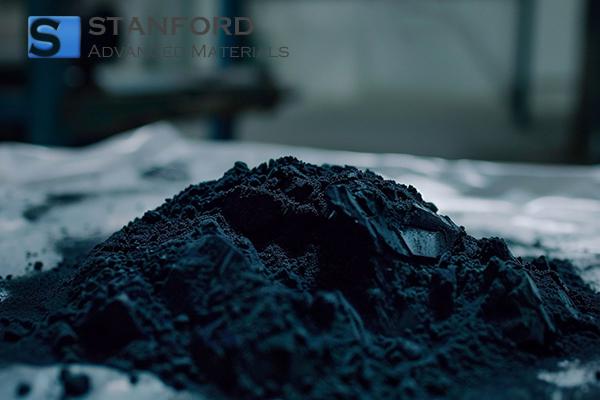Tantalum Pentoxide In Electronics: A Key Ingredient For Miniaturization
In the continually evolving field of electronics, the drive for miniaturisation is increasing. Devices such as smartphones, wearables, IoT instruments and medical implants demand compact and efficient electronic components. In this context, Tantalum Pentoxide (Ta2O5) is employed as an essential material in modern electronic design.

Tantalum Pentoxide (Ta2O5) is derived from the metal Tantalum, which is known for its density and high resistance to corrosion. It is used in the electronics industry for the production of capacitors, the fabrication of thin-film coatings and the formation of insulating layers in semiconductor devices. Its role is underpinned by its ability to provide high capacitance, stable performance and reliable operation in a compact form, thereby contributing to the miniaturisation of electronic components.
The Role of Tantalum Pentoxide in Capacitors
Capacitors are passive electronic components that store and release electrical energy. They are applied in various electronic systems, including power supplies, signal filters and timing circuits. Tantalum capacitors are recognised for their performance and reliability.
The functioning of these capacitors relies on Tantalum Pentoxide as the dielectric. The dielectric, which is the insulating material placed between the two conductive plates of a capacitor, directly influences the capacitance, rated voltage and stability. With its high dielectric constant, Tantalum Pentoxide enables a considerably higher capacitance within a compact design compared to conventional aluminium electrolytic capacitors.
Tantalum capacitors are able to store a substantial amount of energy per unit volume. Given the restricted space in modern electronic devices, the capacity to offer increased capacitance in a reduced area is essential. Consequently, Tantalum Pentoxide capacitors fulfil this technical requirement effectively.
Tantalum Pentoxide in Semiconductors
In addition to its use in capacitors, Tantalum Pentoxide is important in semiconductor manufacturing. Semiconductors constitute the fundamental building blocks of electronic devices and require precisely controlled materials for accurate functioning. Tantalum Pentoxide is utilised for the production of thin-film capacitors and for creating insulating layers in semiconductor components.
Thin-film capacitors are critical in integrated circuits because they contribute to the stability and performance of the associated electronic elements. The application of Tantalum Pentoxide ensures a high capacitance in a small area, which is necessary to achieve further miniaturisation in electronic devices.
Furthermore, Tantalum Pentoxide is applied as an insulating layer in semiconductor devices, thereby preventing undesirable electrical currents between different components. This property is vital for maintaining the integrity and longevity of semiconductor devices, especially as components are manufactured with a higher degree of integration.
Challenges and Considerations
Although Tantalum Pentoxide offers several advantages for miniaturisation, certain challenges require attention. Tantalum is relatively scarce and expensive, which may increase the production costs of tantalum capacitors. However, in many cases the performance and reliability of these components justify the higher cost.
Additionally, ethical and environmental concerns exist in some regions regarding tantalum mining. These concerns have led to an increased demand for responsible sourcing practices. In response, many manufacturers have introduced responsible sourcing and recycling programmes.
What makes Tantalum Pentoxide so important in the pursuit of miniaturisation?
Miniaturisation of Capacitors: Tantalum Pentoxide capacitors, commonly known as tantalum capacitors, are frequently used in electronic devices. The high dielectric constant of Tantalum Pentoxide allows these capacitors to store more electrical charge in a reduced area. Given the continuous reduction in device size, there is a growing need for capacitors that provide high capacitance within a compact layout. Tantalum Pentoxide capacitors meet this need effectively.
Increased Energy Density: The demand for batteries with high energy density is rising as devices such as smartphones and wearables become smaller. Tantalum Pentoxide contributes to enhancing the energy density of batteries. By improving the efficiency of lithium-ion batteries and supercapacitors, a greater amount of energy can be stored in a smaller volume. This improvement results in extended battery life and permits the design of smaller devices.
Improved Semiconductor Performance: Tantalum Pentoxide is used in the production of thin-film transistors (TFTs) and other semiconductor devices. It functions as a high-k dielectric to isolate the transistor gate, thereby increasing the performance of the transistor. This application is vital for manufacturing small and high-performance semiconductor components found in modern processors and memory chips.
Longevity and Reliability: Tantalum Pentoxide is known for its durability and its capacity to resist demanding environmental conditions. This characteristic is essential in miniaturised devices that operate under high temperatures, elevated humidity and other challenging environments. Its long-term stability ensures that electronic components maintain their performance over an extended period.
Compatibility with Nanotechnology: Given the increasing application of nanotechnology in the electronics sector, Tantalum Pentoxide plays a significant role in this area. Its compatibility with nanofabrication methods allows for the production of electronic components in exceptionally small sizes while maintaining efficiency.
In summary, Tantalum Pentoxide plays a key role in electronics by facilitating the miniaturisation of components and ensuring reliable performance. Its specific properties, such as high capacitance and effective insulation, render it an essential material in the manufacture of both capacitors and semiconductor devices. As the demand for smaller yet efficient electronic systems continues to grow, Tantalum Pentoxide will maintain its importance in advanced electronic design.

 Bars
Bars
 Beads & Spheres
Beads & Spheres
 Bolts & Nuts
Bolts & Nuts
 Crucibles
Crucibles
 Discs
Discs
 Fibers & Fabrics
Fibers & Fabrics
 Films
Films
 Flake
Flake
 Foams
Foams
 Foil
Foil
 Granules
Granules
 Honeycombs
Honeycombs
 Ink
Ink
 Laminate
Laminate
 Lumps
Lumps
 Meshes
Meshes
 Metallised Film
Metallised Film
 Plate
Plate
 Powders
Powders
 Rod
Rod
 Sheets
Sheets
 Single Crystals
Single Crystals
 Sputtering Target
Sputtering Target
 Tubes
Tubes
 Washer
Washer
 Wires
Wires
 Converters & Calculators
Converters & Calculators




 Chin Trento
Chin Trento



